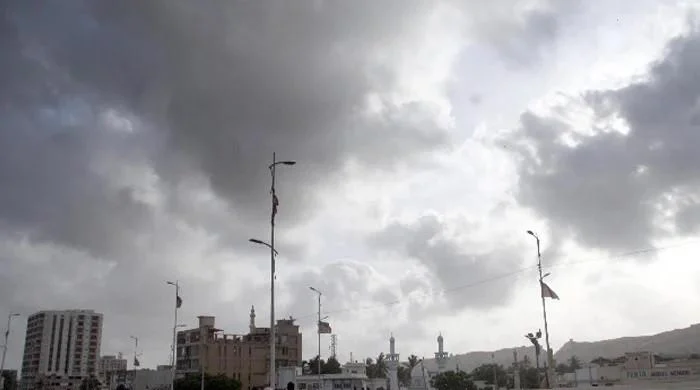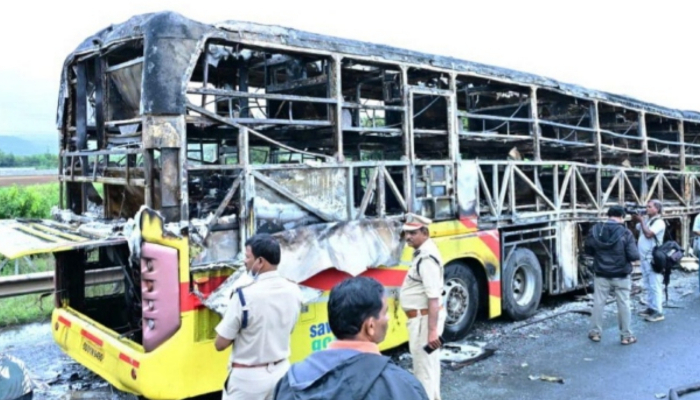Karachi: Thick clouds blanketed the skies over Karachi on Monday morning, building anticipation among residents for much-needed rainfall as the city continues to endure high humidity and warm temperatures.
According to the Pakistan Meteorological Department (PMD), Karachi’s weather is expected to remain partly cloudy and humid over the next 24 hours. The Met Office has forecast the possibility of light drizzle, particularly during the morning and late-night hours.
The PMD reported that temperatures in the city may rise to a maximum of 32 to 34°C, while the minimum temperature recorded earlier stood at 28°C. Humidity levels remained high at 78%, contributing to a muggy atmosphere, while south-westerly sea breezes continued to blow at speeds of around 19 km/h, offering some relief to residents.
This forecast comes just weeks after last month’s devastating rains, which inundated several parts of the city, disrupting daily life and claiming at least 10 lives. Many casualties occurred due to electrocution, drowning, and collapsing walls as floodwaters surged through low-lying areas.
Monsoon Activity Elsewhere in the Country:
Meanwhile, the ninth spell of monsoon rains is underway in Islamabad, bringing rain, thunder, and lightning to the federal capital and other northern regions.
The PMD predicts thunderstorms and gusty winds along with heavy to very heavy rainfall in Kashmir, Gilgit-Baltistan, and parts of Khyber Pakhtunkhwa.
Similar conditions are expected in Upper and Southern Punjab, which are already struggling with severe flooding. These areas are likely to experience continuous heavy rainfall over the next few days.
In contrast, hot and dry weather is expected to prevail in other parts of the country, offering no immediate relief to regions outside the monsoon belt.
[embedpost slug=”23-dead-as-riverine-floods-devastate-pakistan-punjab-worst-hit”]
Residents across affected areas are advised to stay updated with official weather advisories and take precautions against potential urban flooding, power outages, and travel disruptions.
















